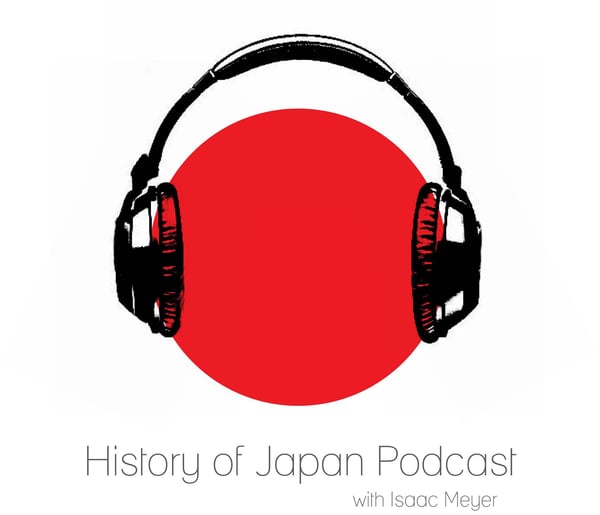Episode 582 - The Men of Chivalry, Part 2
History of Japan
Isaac Meyer
4.8 • 744 Ratings
🗓️ 13 June 2025
⏱️ 43 minutes
🧾️ Download transcript
Summary
This week: we take a look at postwar samurai film/jidaigeki in order to understand better the trajectory of the most influential genre in the history of Japanese film. Why did jidaigeki, a staple of pre-1945 film, storm back with a vengeance to the big screen after the end of World War II? What makes post-1945 samurai films distinctive or unique? And what about their relationship to another archetype of international film: the American Western?
Show notes here.
Transcript
Click on a timestamp to play from that location
| 0:00.0 | Hello and welcome to the History of Japan podcast episode 582, The Men of Chivalry Part 2. |
| 0:24.7 | Looking back, the period of roughly 1935 to 1975 must have been a wild time to be an actor, a director, |
| 0:33.3 | really anyone involved in Japan's film world who specialized in Jidae Gecki, the period pieces set |
| 0:40.8 | in feudal Japan. Just to give a quick overview from the late 1920s, really all the way until |
| 0:47.6 | the implosion of the whole film industry late during World War II, because the film industry, |
| 0:52.8 | like pretty much all other industries |
| 0:54.2 | suffered heavily during the war years, just 25 movies in total were made in 1945. |
| 1:00.1 | Gideke really dominated the film market. |
| 1:04.8 | They were by basically any metric, the most popular genre of film in all of Japan, though |
| 1:09.9 | unfortunately very few of those films |
| 1:11.7 | survived today. |
| 1:12.5 | We talked all about this last week. |
| 1:14.1 | I won't belabor things too much here by going back over it. |
| 1:17.9 | The genre would then plummet off the cliff during the immediate post-war years, largely because |
| 1:23.1 | of censorship put into place by American forces occupying Japan, which outlawed any media which |
| 1:29.1 | was thought to promote militaristic values. After the occupation ended in 1952, though, the |
| 1:36.5 | Gidai Gecki would experience a multi-decade resurgence, returning to the big screen as one of the |
| 1:42.4 | most popular, if not the most popular genres in Japanese film, |
| 1:46.8 | only to fall by the wayside rapidly again in the 1970s. |
| 1:52.6 | Didiagy have not vanished since then. |
| 1:54.9 | They're still made down to today, but they're also nowhere near the dominant cultural force they once were. |
| 2:03.9 | And that raises a very interesting question. Why? |
... |
Please login to see the full transcript.
Disclaimer: The podcast and artwork embedded on this page are from Isaac Meyer, and are the property of its owner and not affiliated with or endorsed by Tapesearch.
Generated transcripts are the property of Isaac Meyer and are distributed freely under the Fair Use doctrine. Transcripts generated by Tapesearch are not guaranteed to be accurate.
Copyright © Tapesearch 2025.

